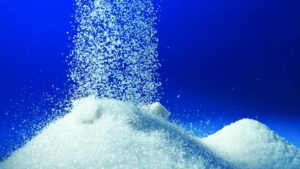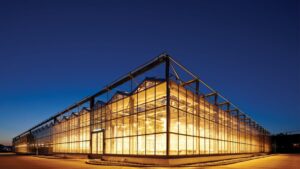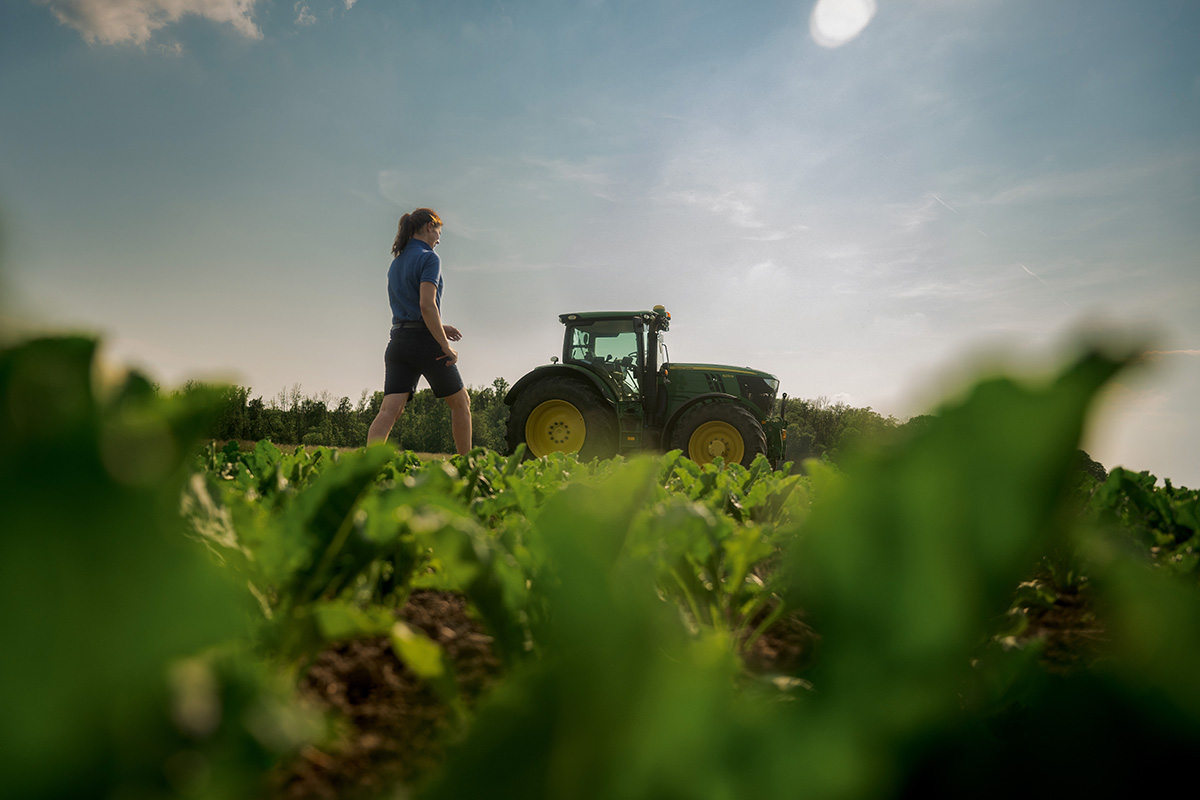Soils constitute not only the essential natural foundation of life for animals, humans and plants: They are also a farmer’s capital. Without intact soil, a farm’s yields and profitability are at risk. In the face of climate change, a growing world population and the increasing demand for high-quality food, the crucial resource called “soil” is becoming scarcer. In 2000, 0.22 hectare of fertile soil per person was available worldwide.
By 2050, this figure will have shrunk to only about 0.17 hectare.[1] For this reason, there is a social and political consensus on the need to sustainably manage soil. Plant breeding plays a key role in this area: KWS boosts yields by achieving continuous progress in plant breeding without the need to expand agricultural land to a similar extent. Planting and cultivating catch crops and special crops can be a forward-looking approach to preserving and improving soil fertility.
Catch crops breathe life into soil
The EU Commission has clearly outlined the key elements of its Farm-to-Fork strategy: Greenhouse gas emissions must be reduced, use of chemical pesticides and fertilizers decreased, and cultivation methods that support biodiversity fostered.
Catch crops optimize agricultural cultivation systems in a number of ways and offer farmers an effective tool to increase the sustainability of crop rotation while successfully meeting agricultural challenges and policy requirements.
A well-developed catch crop stock in the field during a period of otherwise limited vegetation — as well as beyond this period — is like an overflowing food pantry for soil life. Catch crops promote soil fertility, biodiversity and species variety. At the same time, catch crops reduce wind and water erosion and provide competition against weeds and grass weeds. Catch crops help reduce mineral nitrogen fertilization. Moreover, legume components help reduce the carbon footprint of nitrogen supply. Through carbon sequestration in the form of humus, catch crops also serve as a real additional CO2 sink. And not to be forgotten: Catch crops also directly create a natural drainage system thanks to their roots and indirectly by, for example, supporting earthworms. This fosters soil water retention and helps main crops find water.
KWS solution package: Fit4Next and Crop Manager
Under the Fit4Next label, KWS conceptualizes and markets modern, precisely tailored catch-crop mixtures with many varieties the company has bred itself. The goal is to offer farmers the right catch-crop mixture to supplement crop rotations with high-performing varieties adapted to the respective location. The myKWS digital variety adviser as well as crop-rotation advice provided by the myKWS Crop Manager extends this further: Crop Manager not only helps farmers manage their crops, but also assists with planning and optimizing crop rotations, provides key profitability figures for operations and lets users directly compare and contrast multiple approaches to crop rotation.
This combination of innovative breeding progress, sustainable crop-rotation mixtures and target-oriented service tools underscores KWS’s approach: Agriculture can only be thought of in holistic terms — and many factors must dovetail in order to successfully shape the future.
[1] World Bank, “Arable land (hectares per person),” worldbank.org and WWF, “Climate change mitigation, agricultural land and natural habitats”, March 2021
Related Articles:









